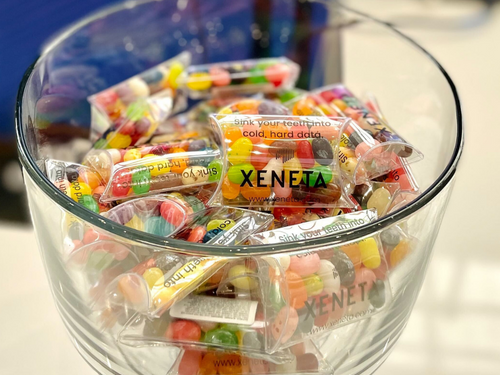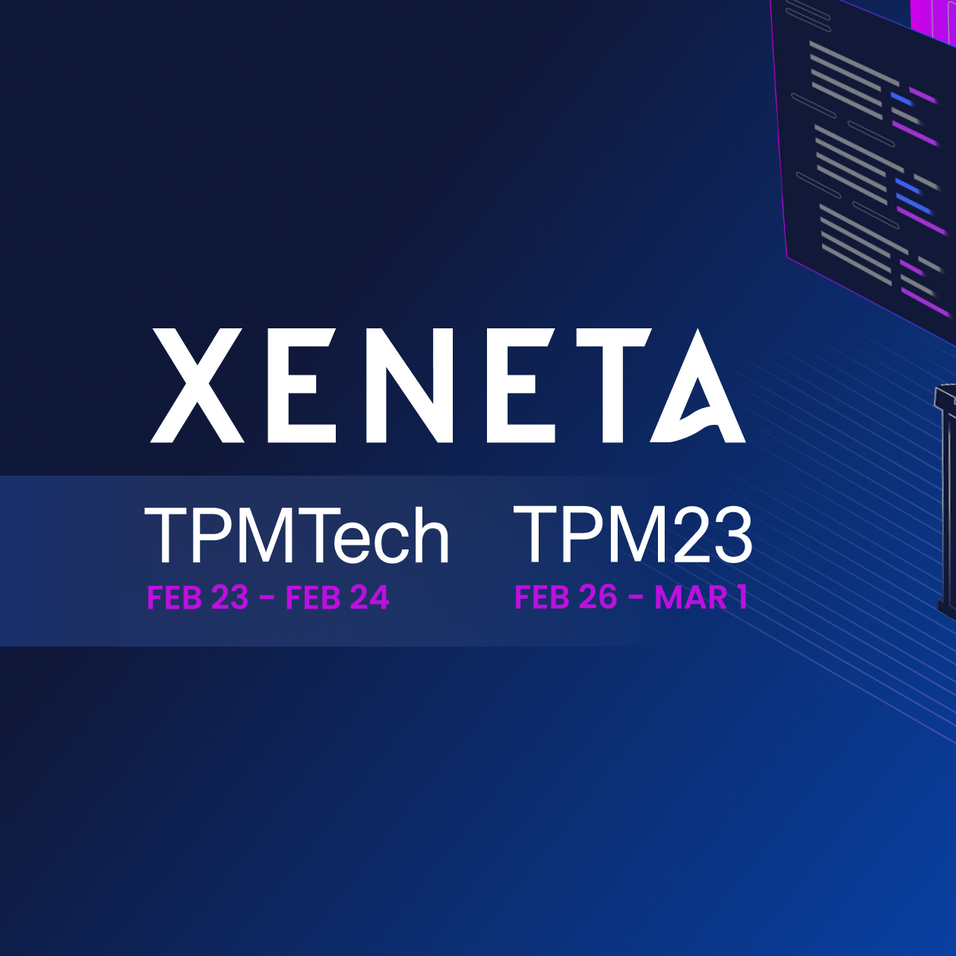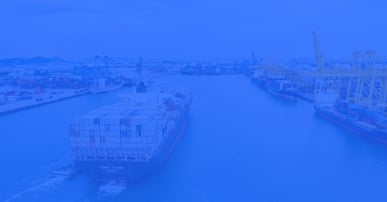In late February, the Xeneta team headed west to attend TPMTech and TPM23 in Long Beach, California.
With booths and speaking slots at both events, we were able to share & validate the power of our data, and get a real-time in-person perspective on what matters most to supply chain professionals right now.
TPMTECH
An event that sits at the intersection of global logistics and innovative technology, TPMTech felt like a home away from home.
We were lucky enough to get a prime place at arguably one of the most anticipated panels “Ocean Procurement: Can Tech Help Smooth a Naturally Bumpy Industry?”
Thorsten Diephaus, our VP of Strategic Alliances, joined Dylan Alperin, Head of Professional Services at Keelvar, Jonas Krumland, CEO at Logward, and Eric Johnson, Senior Editor-Technology, Journal of Commerce at S&P Global, to discuss what defines a must-have in today’s modern supply chain tech stack and how more visibility can help quell volatility.
All the speakers agreed that right now, shippers are putting in too much effort for their negotiations to be moving so slowly. “We need to commoditise them,” said Jonas, “then put more time into managing contracts. We should optimise total costs — lead time, working capital, service levels.”
Dylan agreed that this needs to be a dynamic, agile process, as you can’t plan for everything. Eric questioned, “could automation be the answer?”
The panel considered the place of AI and smart technology in ocean procurement, but all seemed to come to the same consensus: we’re not there yet, but we’re close.
Shipping has grown too much to remain a fully manual process. Any shippers who still rely on spreadsheets to keep their supply chain moving are putting themselves in a dangerous position. While fully automating processes could cause a logistics nightmare, bringing in tech and data is essential to keeping them running. Like a true Xeneta champion, Thorsten believes that up to 70% of procurement could and should be automatic.
In the end, Jonas summed up the discussion nicely, “I will say something controversial. Digitalisation efforts are failing because people want too ideal of a solution. Even something that’s halfway there is nice improvement already.”
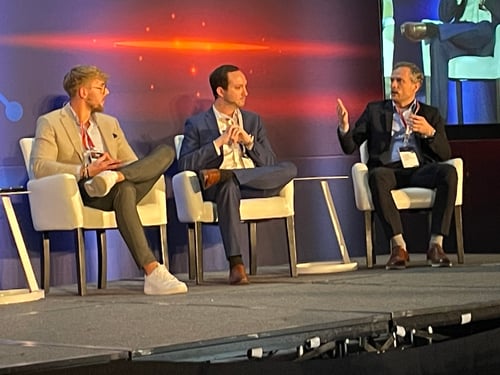
Will shipping ever be fully automized? We don’t know. But the main take away from TPMTech was that there’s a hunger for good logistics technology. Shippers know they need it, and providers are ready to make supply chain better. Xeneta, as always, was at the centre of the conversation — we’re paving the way for what’s possible for supply chain tech.
TPM23
After kicking off the main event with an exclusive Whiskey Night for our customers and friends, the Xeneta team were out in full force at the exhibition hall. Speaking with hundreds of buzzing minds over the two days, we learned that there’s two main things that supply chain professionals are talking about: contract length and indexing.
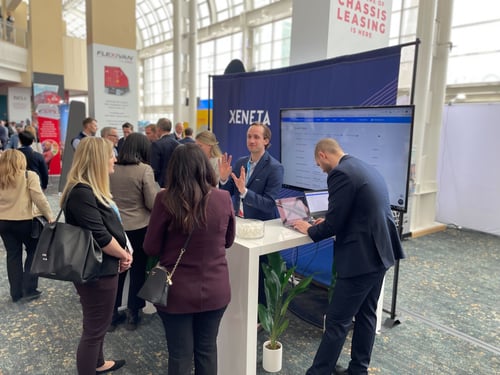
In a surprising turn (although not so surprising to those who read XSI), shippers at the conference confirmed that they’re now moving back to long-term contracts. But why would that be?
In a cyclical market that had a steep rise and sharp fall, shippers want to take full advantage of low rates while they’re still obtainable. There are risks to this, but with budget cuts and margins now under the microscope, it makes sense in today’s market. Will it always? We’ll have to look to the data to find out.
Indexing is also something that’s at the top of everyone’s minds. In the past, it’d been a fringe concept, but now everyone’s talking about it. If shippers and forwarders aren’t consulting indexes when looking at their pricing, their processes are out of touch.
Outside of this chatter, Peter Sand, our Chief Analyst, was leading the conversation in the panel “Trade Lane Deep Dive: The Trans-Atlantic.”
Joining Michael Amri, Global Sea Freight Development Manager at Hellman, Nigel Pusey, CEO at Container Trades Statistics, and Greg Knowler, Senior Editor – Europe Journalist at JOC on stage, the group explored how the dynamics of this lane have changed in recent years.
Previously known as a deadbeat trade, the Trans-Atlantic is now considered one of the stars of the sea. But in recent times, rates have become unpredictable and out of sync with the rest of the market. In order to know what will happen next and devise a game plan, the panel agrees that data is a must-have.
Based on Xeneta’s rates, Peter estimates it’ll be around six months before the Trans-Atlantic gets back to pre-pandemic levels. Up until now, carriers have only pulled 15% of their capacity on this trade, so rates have remained higher than average.
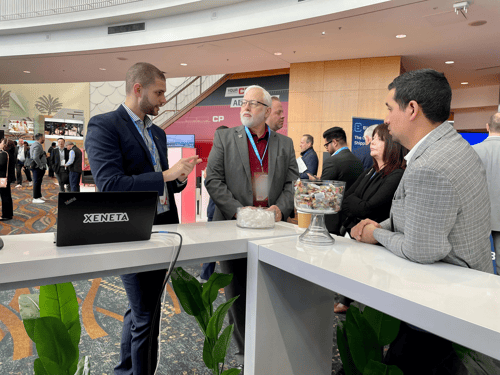
The consensus of TPM23 was that it can be difficult and frustrating for shippers to know what’s next. Everyone wants to plan for success, but an unpredictable market won’t allow them to.
For this reason, Xeneta’s booth was pretty popular — and that’s not just because we were offering free jellybeans. Sooner or later, everyone accepts that our data is the key to true freight rate transparency, which goes hand in hand with supply chain excellence. TPM attendees know it, our customers know it, do you know it?
